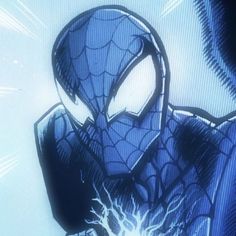Currents
Cards (10)
- Current in electricity is the rate of flow of charge through a cross-section of an electrical conductor.
- Electric charge can also be thought of as the movement of electrons.
- To measure current, an ammeter must be connected in series in a circuit.
- The current should flow into the positive terminal of an ammeter and leave through the negative terminal.
- To create a current, two things are needed: a source of potential difference, also known as voltage, and a complete circuit.
- In a series circuit, all components are in a line one after the other, and all the electrons travel through every component and wire as they travel through the circuit.
- In a series circuit, the readings on all three ammeters will be the same: a1 equals a2 which equals a3.
- In a parallel circuit, the current is shared between the different branches of the circuit, so a1 equals a4 but a1 equals a2 plus a3 which equals a4.
- To calculate the current in a circuit, the formula current is equal to charge divided by time can be used.
- Another way to remember the relationship between charge, current, and time is that charge equals current times time.
